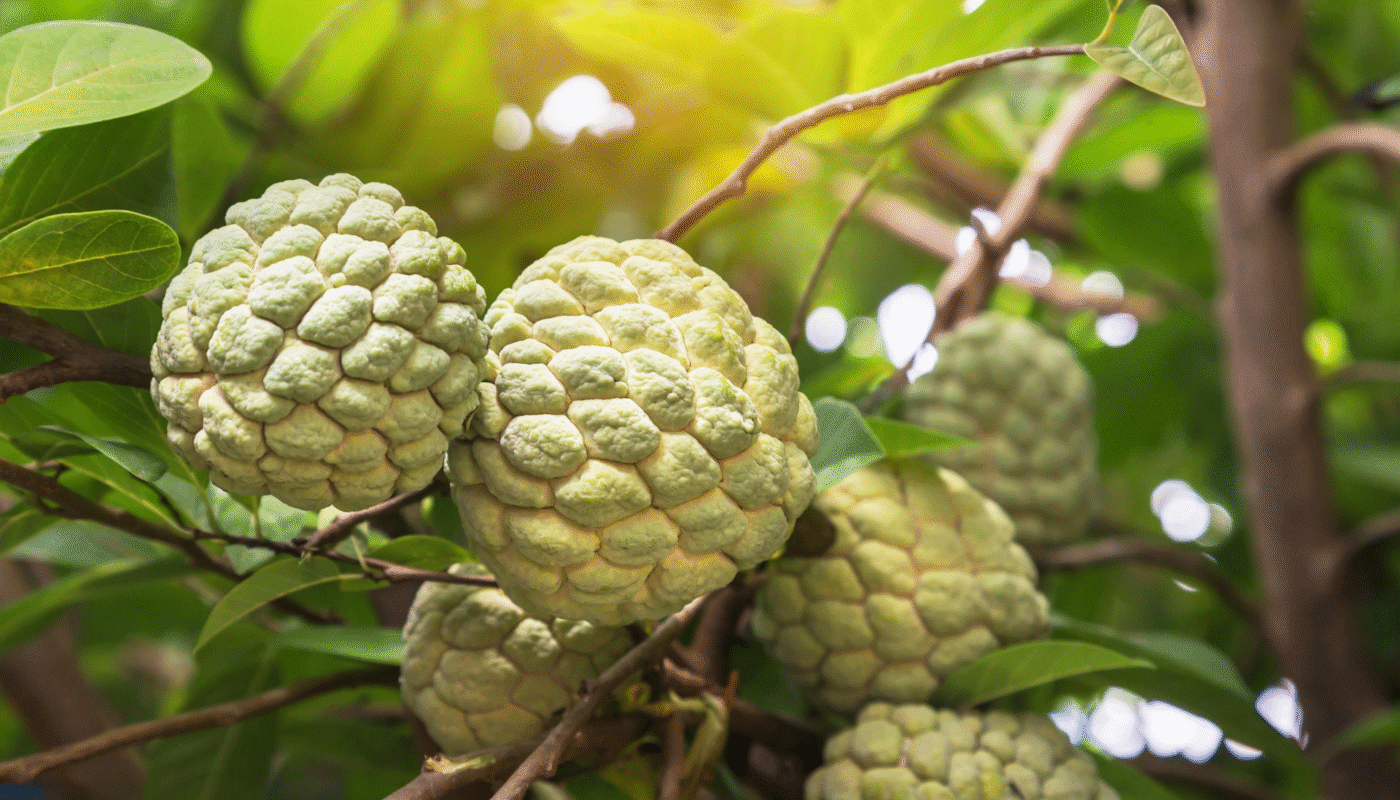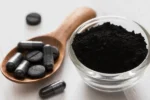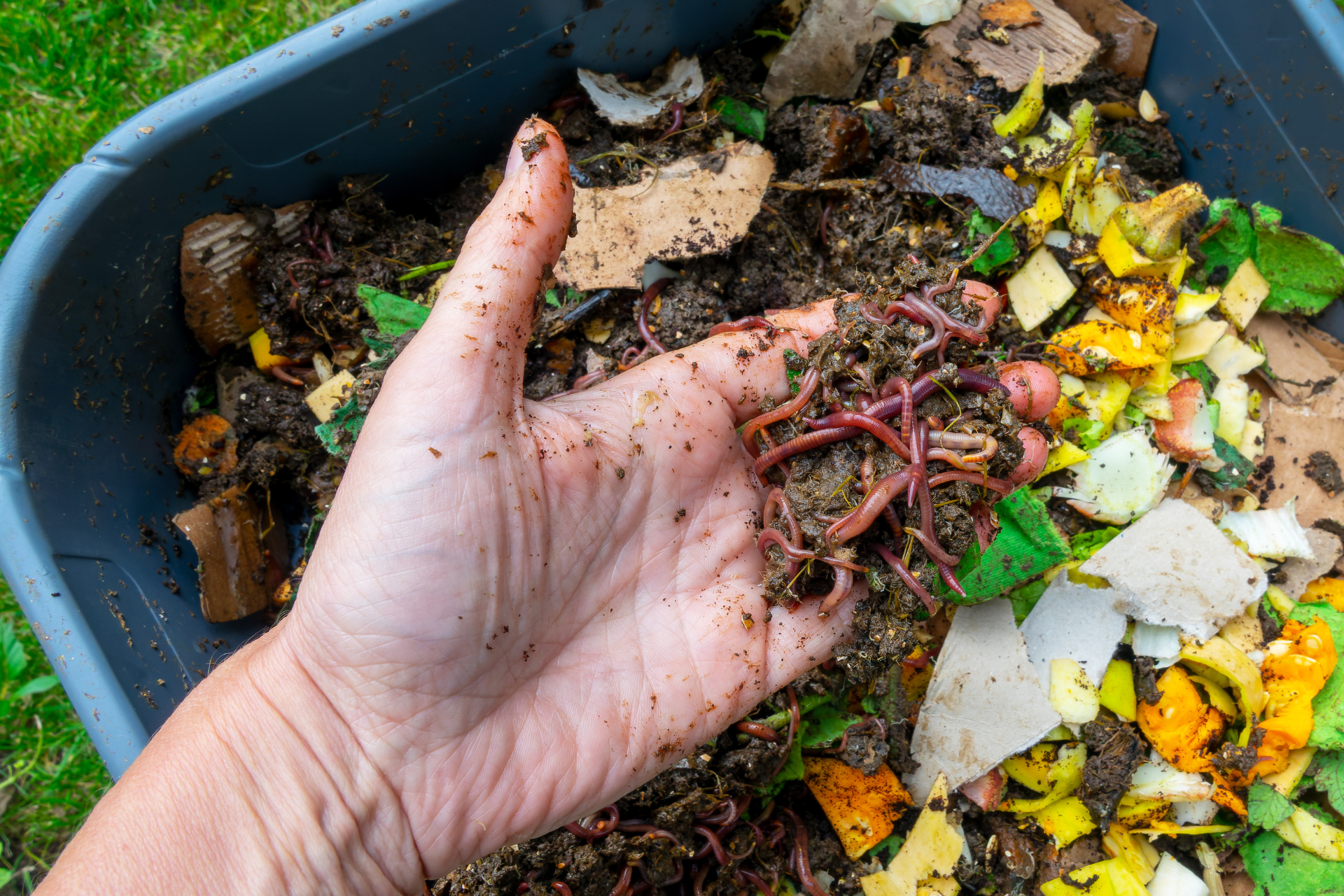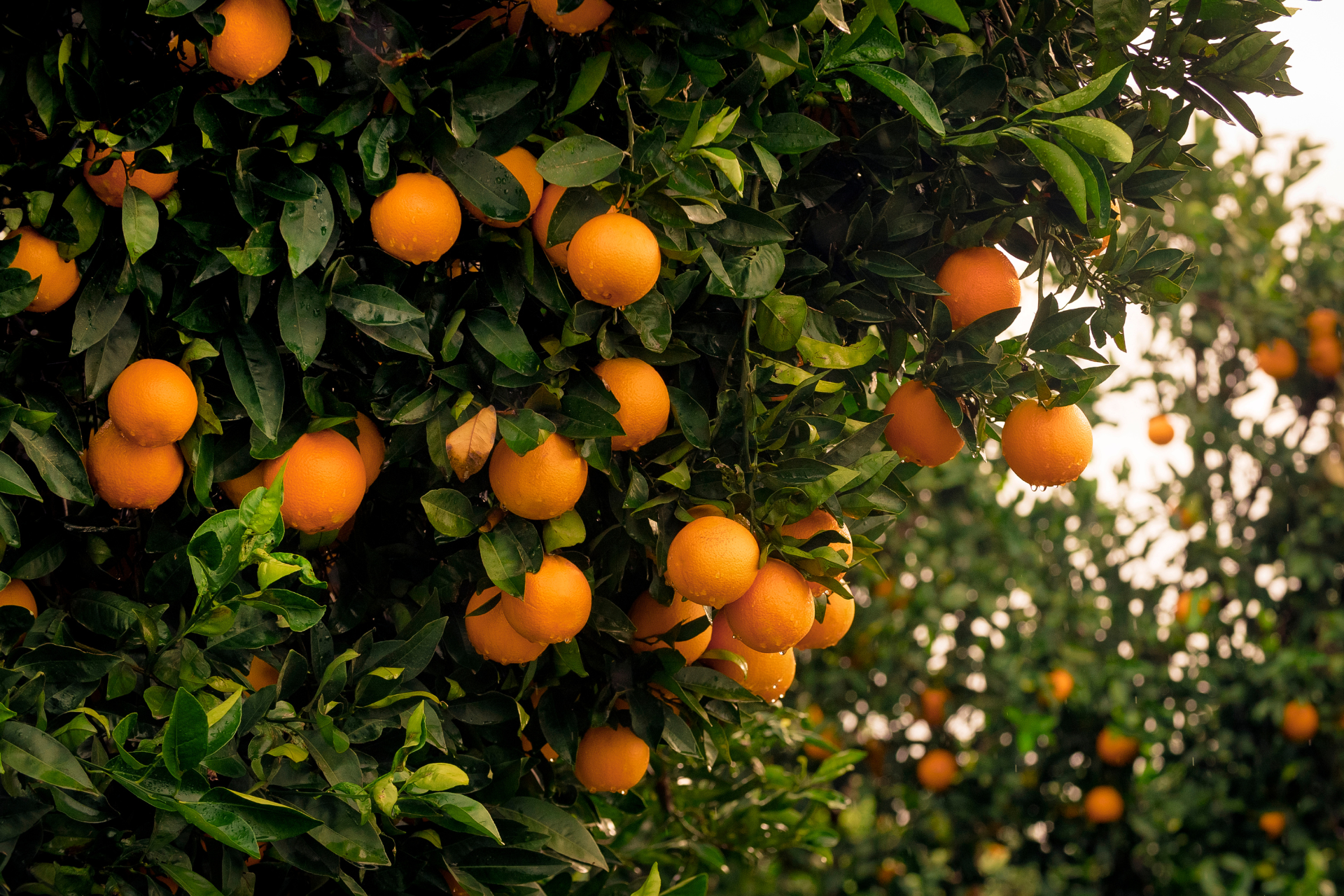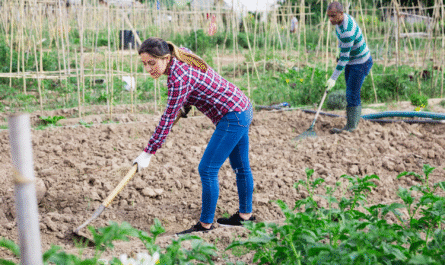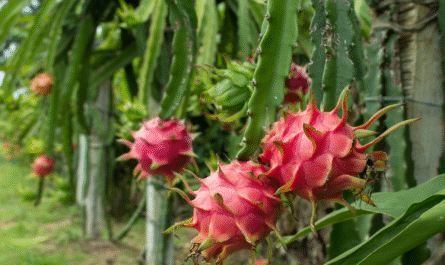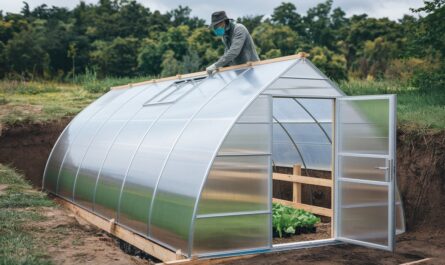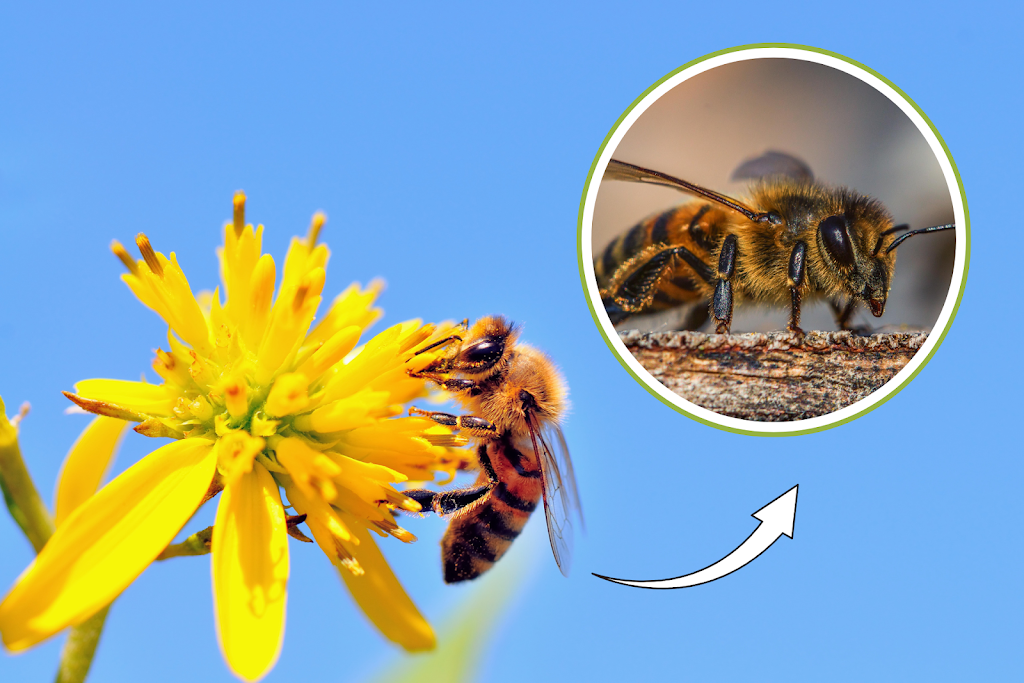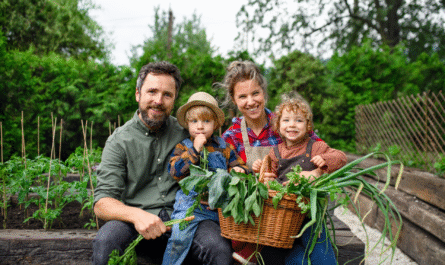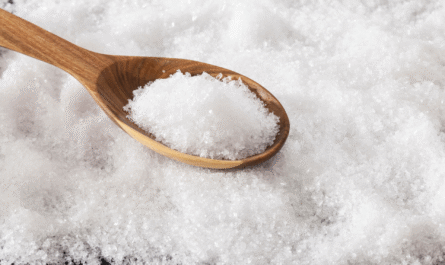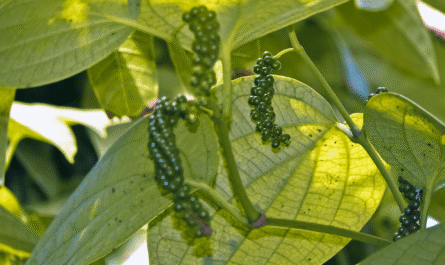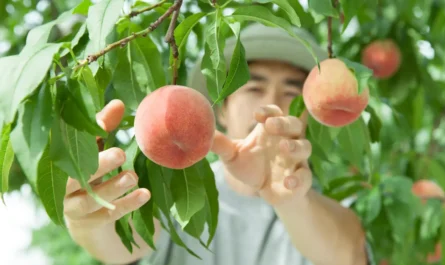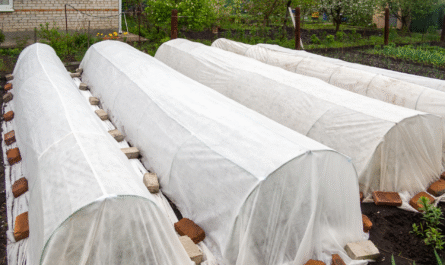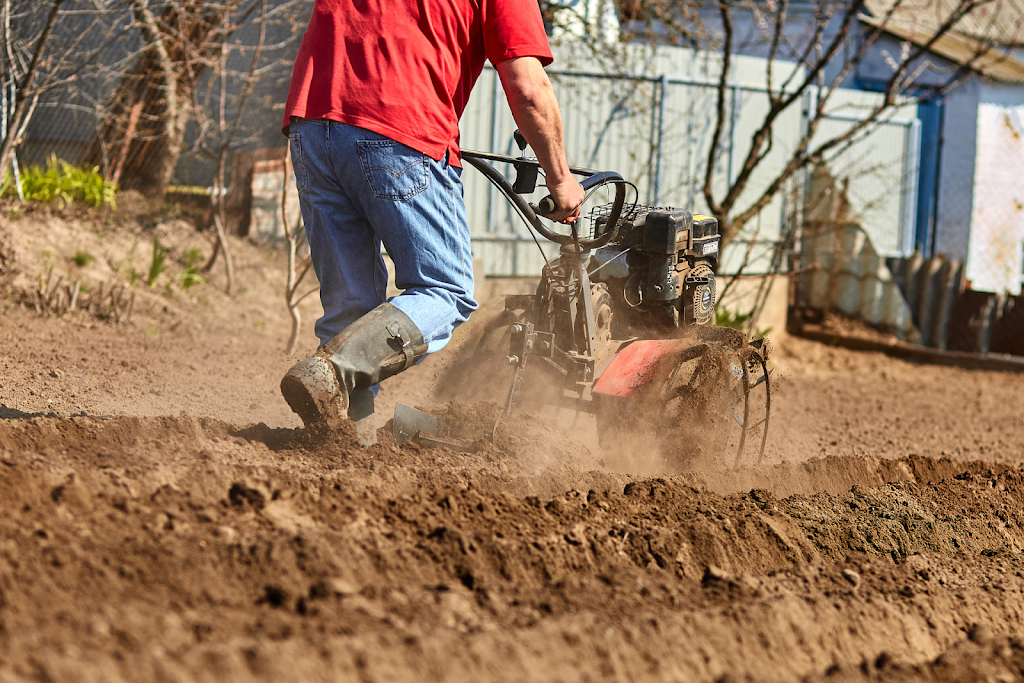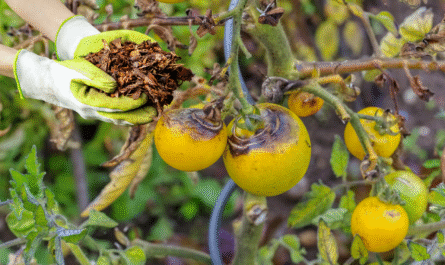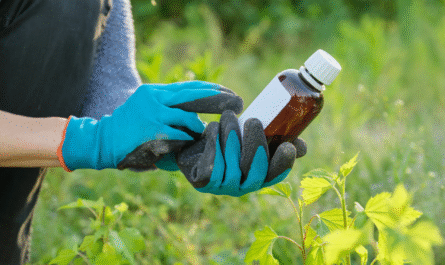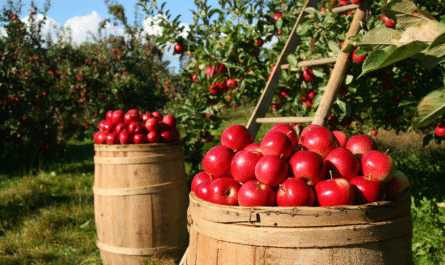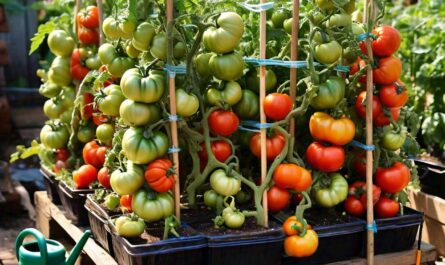When my fruit trees are thriving, I can tell right away, vibrant green leaves, steady growth, and loads of juicy, delicious fruit. But when the soil under them starts to slip, the trees let me know.
Leaves droop, pests show up, and fruit quality drops. Over the years, I’ve learned that strong soil isn’t just a bonus, it’s the foundation. Healthy soil powers fruit production, strengthens tree resilience, and naturally keeps pests and disease at bay.
Below, I’m sharing my top seven go-to soil boosters that have consistently improved my orchard’s performance. These aren’t gimmicks. They’re practical, effective, and grounded in science, and they’ve made all the difference in my fruit trees.
1. Grow Comfrey
Comfrey is hands-down one of the best living mulches I’ve ever planted. I use Symphytum officinale, the true comfrey variety, and plant it in rings around my fruit trees. The wide leaves shade the soil, prevent weed pressure, and dramatically reduce moisture loss. This is especially useful during the hot summer months when evaporation ramps up and young trees struggle to stay hydrated.
What makes comfrey so powerful is its deep taproot. It taps into subsoil nutrients that fruit trees, especially young ones, can’t access. Nutrients like potassium, calcium, and magnesium are drawn upward and stored in the massive leaves. I practice the “chop-and-drop” method, cutting comfrey leaves and spreading them right at the base of my trees. As they break down, they become an all-natural fertilizer packed with minerals.
Bonus benefit: Comfrey flowers are magnets for pollinators from May through early fall. That means more bees in the orchard, better fruit set, and stronger biodiversity. It’s a plant that gives far more than it takes.
Also Read: The Right Way to Use Coffee Grounds to Fertilize Your Lawn and Garden
2. Liquid Seaweed and Fish Emulsion
When fruit trees need a boost, especially during the early growing season, I turn to liquid seaweed and fish emulsion. Seaweed is rich in micronutrients, like boron and iron, plus natural growth hormones such as cytokinins and auxins. Fish emulsion, on the other hand, provides an immediate nitrogen kick that helps push new shoots and leaf growth.
I apply this mix every 10–14 days from early spring until mid-July. Timing matters here. I always apply it on damp soil or before a light rain, which helps the nutrients absorb into the root zone quickly. I use a watering can or backpack sprayer, pouring it in a slow circle around the base of the tree, just inside and outside the drip line.
One caution: I stop using it by mid-summer. Feeding too late in the season can encourage tender new growth that won’t harden off before winter. That can lead to dieback or frost damage. Done right, though, this liquid combo is like jet fuel for fruit trees.
3. Compost
If I had to choose only one soil booster to use forever, it would be compost. It’s not glamorous, but it works better than anything else. Compost improves soil texture, boosts microbial life, and supplies steady nutrition over time. It’s full of organic matter and micronutrients like zinc, manganese, and copper—things fruit trees absolutely need but can’t get from synthetic fertilizers alone.
I apply a generous 2- to 3-inch layer of compost around each fruit tree, right along the drip line. This is where feeder roots hang out, so it’s the most efficient way to feed the tree. I avoid piling it directly against the trunk to prevent rot. After spreading, I water deeply to help nutrients penetrate the soil.
The key with compost is consistency. I refresh the layer each spring and fall. Over time, this builds up humus in the soil, which acts like a sponge, holding both water and nutrients. It’s also one of the best ways I’ve found to reduce pest pressure, healthy trees are far less inviting to pests and disease.
4. Limestone
Limestone is often overlooked, but it’s critical in orchards with acidic soil. Fruit trees generally prefer a pH between 6.5 and 7.5. Below that range, their ability to absorb nutrients drops sharply, even if the nutrients are technically in the soil. I use ground limestone (calcium carbonate) to bring up the pH and make nutrients more bioavailable.
Each year, I test my soil in early spring. If pH levels are low, I apply a light dusting of limestone just outside the drip line and lightly rake it into the top few inches of soil. Over time, this helps buffer acidity and stabilize the nutrient cycle. I also rotate in dolomitic limestone when magnesium levels are low, as it provides both calcium and magnesium.
Another side benefit of limestone is stronger cell wall development in plants. That translates to firmer fruit and better pest resistance. If you’re seeing distorted growth, poor fruit set, or yellowing leaves even after fertilizing, check your pH—limestone might be the fix.
5. Ramial Wood Chips
Ramial wood chips (RWC) are made from young, green branches under 2.5 inches in diameter. These are not your average bark mulch. RWCs are loaded with nutrients, sugars, and fungal food sources that support long-term soil health and feed the fungal networks that fruit trees love.
I make my own RWCs by chipping young prunings from hardwood trees like maple, birch, and alder. I spread a 3- to 4-inch layer around each fruit tree and let nature do the rest. Over time, they break down slowly, enriching the soil with nitrogen, phosphorus, and a host of micronutrients.
RWCs also suppress weeds, regulate soil temperature, and retain moisture, basically everything you want in a mulch. But the real magic is what happens below the surface: a thriving mycorrhizal network forms, connecting tree roots and increasing nutrient uptake. RWCs build a resilient, self-regulating soil ecosystem.
6. Plant Cover Crops
Cover crops are one of the most underrated tools in a fruit grower’s arsenal. They’re not just for large farms. Even in a small home orchard, planting cover crops in fallow areas can drastically improve soil health. I plant a mix of nitrogen fixers, deep-rooted tillers, and flowering species to boost organic matter and outcompete weeds.
In spring, I use cool-season crops like crimson clover, radish, and phacelia. These fix nitrogen and break up compacted soil. By mid-summer, I mow and till them in, then plant warm-season crops like buckwheat, sunflower, and soybeans. These add biomass and attract beneficial insects. In fall, I switch back to rye or wheat for winter cover.
The beauty of cover cropping is how it mimics natural systems. You keep the soil covered year-round, avoid erosion, and feed the microbial life that supports healthy fruit trees. Plus, when I till the crops in, they become a green manure—fertilizing the trees without any outside inputs.
7. Seafood Compost
Seafood compost might sound odd at first, but it’s one of the most effective soil amendments I’ve ever used. It’s made from a mix of seaweed, lobster shells, crab shells, and fish waste, blended with brown carbon materials like bark and wood chips. The result is a compost that’s off the charts in calcium, phosphorus, and trace minerals.
I top-dress my trees with seafood compost every spring, spreading it like mulch in a 2-inch layer around the drip line. It smells faintly marine for a day or two, but the benefits are long-lasting. It not only feeds the trees but also energizes the soil biology. I’ve noticed an increase in earthworm activity and faster breakdown of organic matter wherever I use it.
Unlike synthetic fertilizers, seafood compost feeds the soil first and the trees second. That’s the right order. Healthy soil leads to healthy roots, which leads to better fruit and stronger resistance to pests and pathogens. It’s one of my secret weapons, and now, it’s yours too.
Final Thought
The health of your fruit trees begins underground. Too often, we treat above-ground symptoms, yellowing leaves, poor fruit, pest infestations, without addressing the root cause: depleted or imbalanced soil. By investing in these seven soil boosters, I’ve turned struggling trees into heavy producers. Strong soil builds resilient trees, and resilient trees are your best defense against pests, drought, and disease.
Start with one or two of these amendments and build from there. Your trees will show you what they need—and if you listen, they’ll reward you in kind.
FAQs
How often should I apply compost around my fruit trees?
I apply compost twice a year—once in early spring before bud break, and again in fall after the leaves drop. This schedule keeps soil life active and ensures a steady nutrient release.
Can I use comfrey near young fruit trees?
Absolutely. Just keep it a few feet away from the trunk at first to avoid crowding. Comfrey’s deep roots won’t compete with shallow feeder roots, and its leaves will protect soil moisture.
Is fish emulsion safe for all types of fruit trees?
Yes, but dilute it properly according to the label. Overapplication can burn roots or push excessive growth if used too late in the season.
How do I know if my soil needs limestone?
Do a soil test once a year. If your pH is below 6.0, you likely need lime. Your local extension office can help interpret results and guide application rates.
What’s the difference between regular mulch and ramial wood chips?
Regular mulch often comes from bark or older wood, which is high in lignin and slow to break down. Ramial wood chips are made from young, nutrient-rich branches and break down faster, feeding the soil more effectively.

